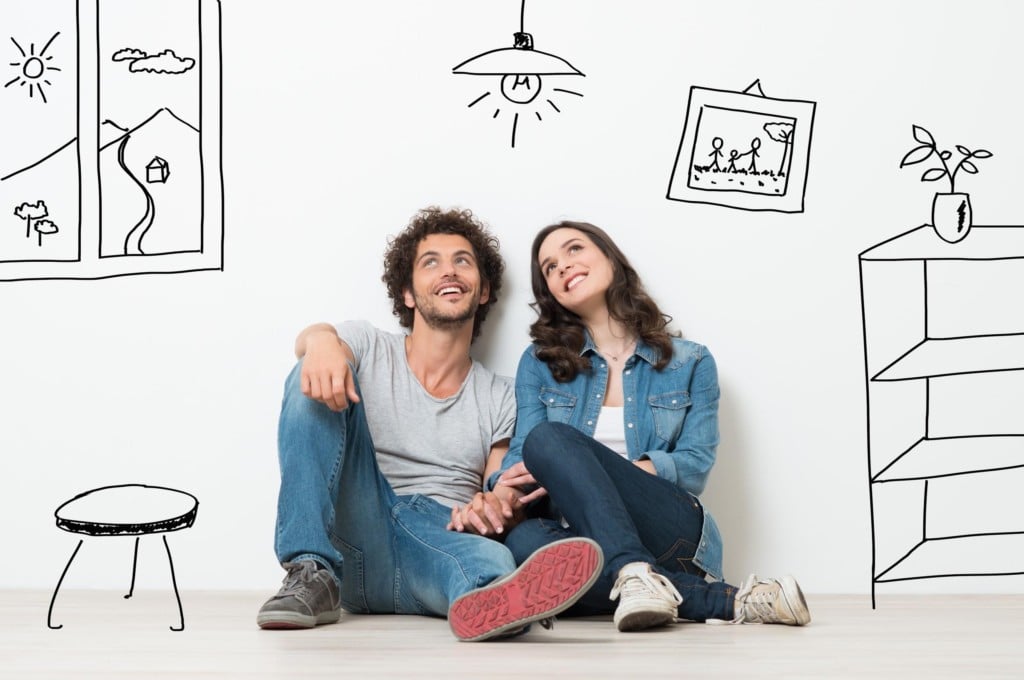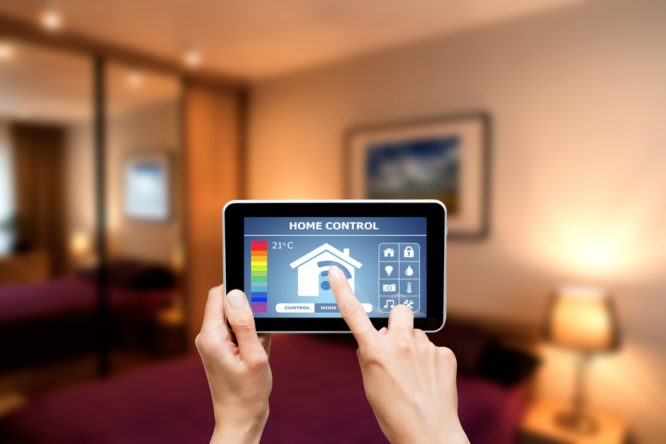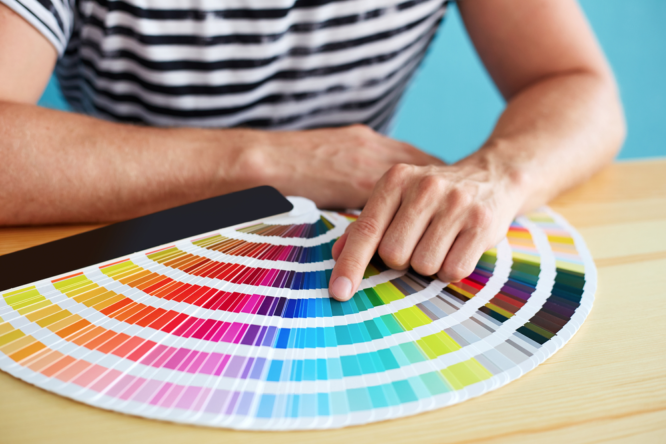How to Plan an Eco-Friendly Home Design
Feeling inspired? Inspiration is a muse you can’t just ignore, and when it comes to redecorating, you shouldn’t have to! Still, maybe the environmental cost of remodeling or redecorating weighs heavy on your heart. After all, most home products aren’t exactly built with sustainability in mind. At Home Improvement Leads, we’re always searching for new ways to plan eco-friendly home designs that create a fun or cozy aesthetic and still do their part in protecting the environment. Here are some tips to get you started on your green updates.

Survey and Plan
The first part of establishing an eco-friendly home design is to create a plan. Walk around your house and really take stock of everything you have. Which rooms need the most attention? Which pieces of furniture could be repurposed or upholstered? Brainstorm ways to reduce, reuse, and recycle. When you look at your belongings from this perspective, you may find that you can press awkward or ill-fitting furniture into service in other areas of your home. For instance, maybe you don’t need an end table in the living room—perhaps it works better as an accent table in the foyer.
By focusing on a few areas, knowing exactly what you need to improve, and finding ways to repurpose older furniture, you’re conserving both your funds and natural resources. Instead of throwing those non-recyclable materials away, you’re reusing them, which cuts back on waste and consumption.
Shop for Supplies
Once you have a plan, shop for the supplies you need. Search for greener alternatives for everything you buy. When it comes to paint, go for low-VOC products that don’t emit toxins and pollute the air. You’ll be able to breathe easier, and you’ll protect the environment, too. Low-VOC paints come in a full array of vibrant colors, so you won’t’ have to sacrifice style.
If you need to build new furniture or replace wood paneling and floors, shop for reclaimed wood. You can find it through vendors who salvage goods, or you can even break down furniture on your own to get the raw materials you need. Again, using recycled materials whenever possible cuts down on the amount of natural resources our society uses to produce new materials. Bamboo is another great alternative for flooring, since it is much more easily regrown than traditional oak or cedar.

Innovate and Upgrade
If you’re really trying to go green, research some home automation tech that can save you money. Perhaps you’re installing some new light fixtures with eco-friendly lightbulbs. You can expand your savings and energy conservation by connecting your lights to a smart home app, which will allow you to remotely turn on and shut off your lights. You can even create a lighting schedule, so that you don’t have to worry about accidentally leaving the lights on when you leave for work or go on vacation.
Another green tip is to install smart thermostats. These devices and apps allow you to create a heating and cooling schedule that will help you save a great deal on your energy bills. If you pair those tech upgrades with material updates like more energy efficient windows, you can capitalize on going green. For example, if you’re already looking to replace your window treatments, why not replace your single-pane windows with double- or triple-pane? This will allow your windows to work for you, preventing precious hot or cold air from leaking outside.
The general rule of thumb when it comes to planning an eco-friendly design is to use everything you can from the materials you already have, what you can buy second-hand, and what you can recycle. Even when you buy new products, like textiles and decor, you can almost always find a recycled alternative. Happy decorating!




Leave a Reply